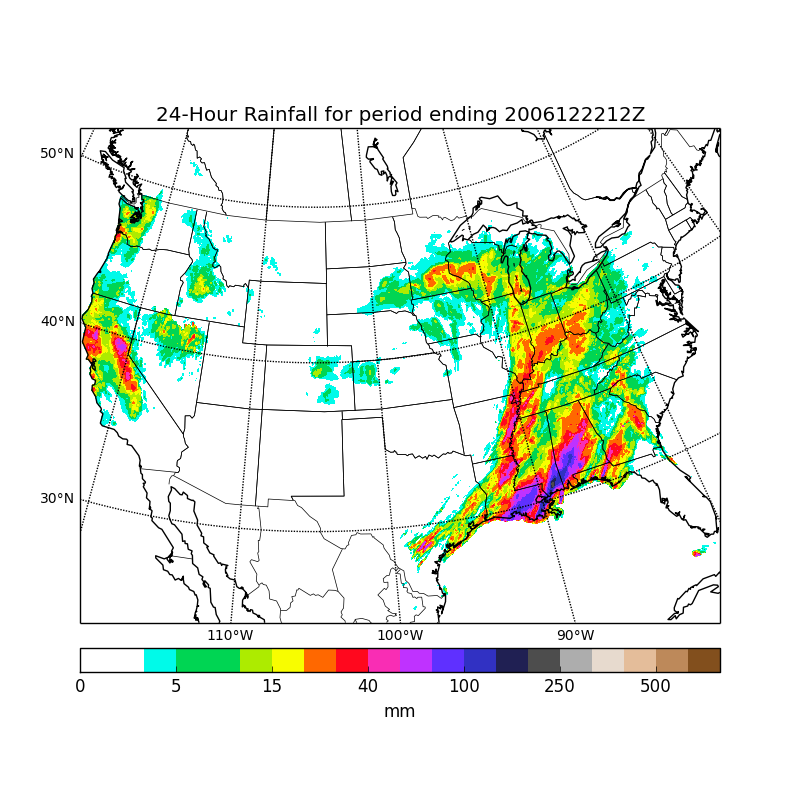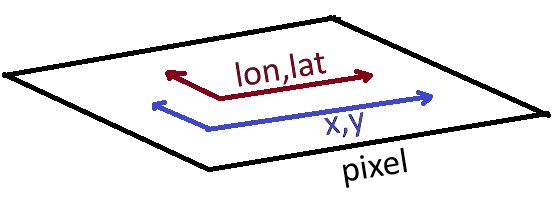10 plotting libraries#
Links: notebook, html, PDF, python, slides, GitHub
Review of plotting libraries.
xavier.dupre AT gmail.com
Senior Engineer at Microsoft France on Azure ML, Teacher in Computer Science at the ENSAE

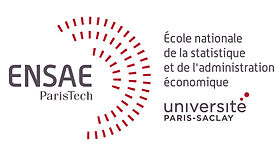
Objectives of this talk
Nobody makes plot without an existing library anymore.
How to choose a plotting library ?
List of available options
How to extend an existing library ?
How to wrap a javascript library ?
from jyquickhelper import add_notebook_menu
add_notebook_menu(last_level=2)
Material
Notebooks for this talk: http://www.xavierdupre.fr/…
Teachings at ENSAE: Python pour un Data Scientist
Microsoft, Python and Open Source
2014/11: .NET Core is Open Source
2015/07: Python Tools for Visual Studio moves to Github
2016/06: Build Machine Learning applications to run on Apache Spark clusters on HDInsight Linux
2016/06: azure-sdk-python 2.0.rc4: Python interface to access Azure services
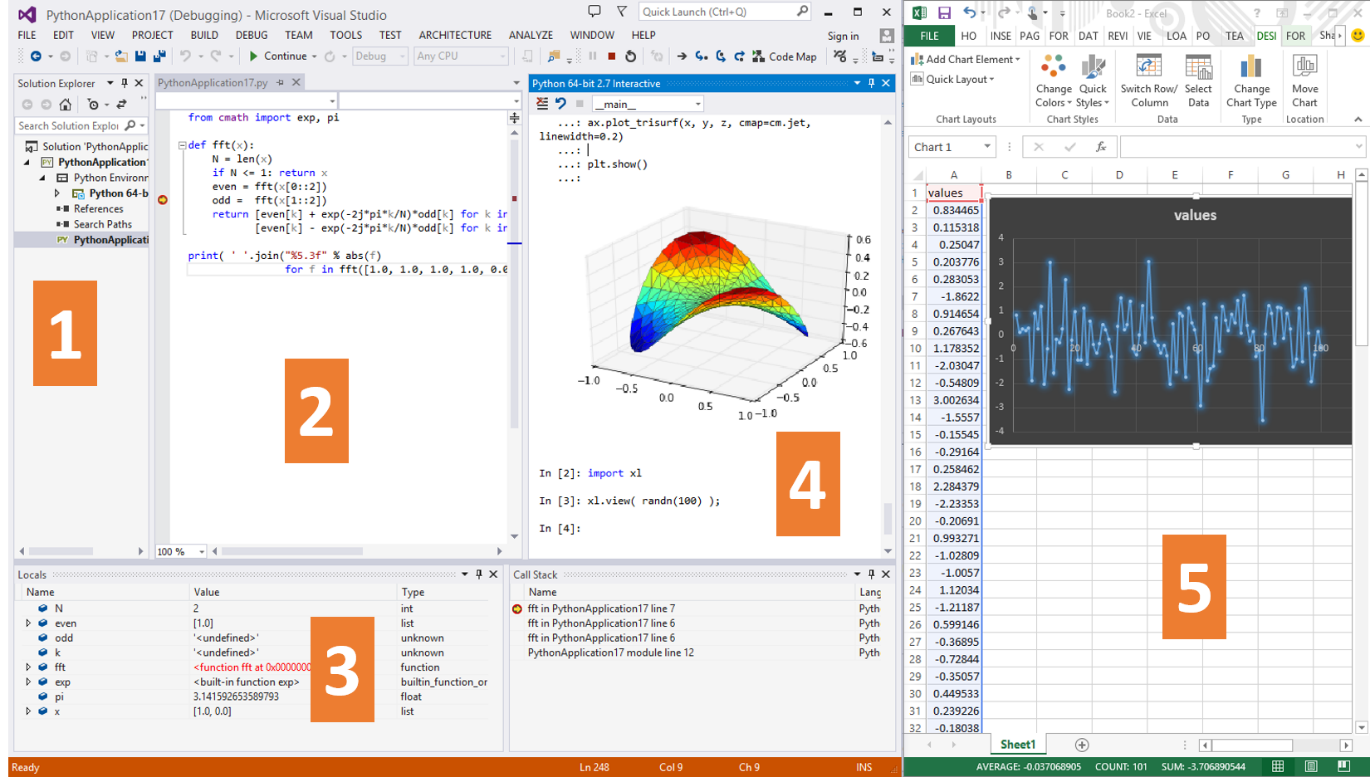
ptvs#
Microsoft in Data Science
Microsoft is one of the sponsors of the DataScienceGame
Elements of decision#
add_notebook_menu(keep_item=0)
Graph language#
We like them because we read them faster.
%matplotlib inline
from jupytalk.talk_examples.pydata2016 import example_cartopy
ax = example_cartopy()
ax.set_title("map", size=20);
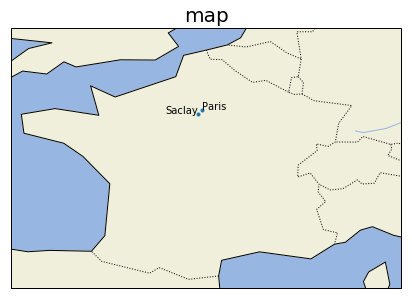
import numpy, matplotlib.pyplot as plt
N = 150
x, y = numpy.random.normal(0, 1, N), numpy.random.normal(0, 1, N)
x[-1], y[-1] = 8, 5
plt.scatter(x, y, alpha=0.5)
plt.title("outlier", size=20)
Text(0.5,1,'outlier')
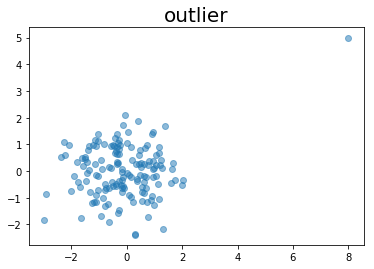
import numpy, matplotlib.pyplot as plt
N = 150
x = numpy.random.normal(0, 1, N)
y = x + numpy.random.normal(0, 0.5, N) + 1
plt.scatter(x, y, alpha=0.5)
plt.title("correlation", size=20)
Text(0.5,1,'correlation')
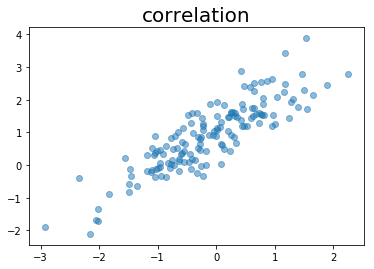
from jupytalk.talk_examples.pydata2016 import example_confidence_interval
ax = example_confidence_interval()
# https://github.com/sdpython/jupytalk/blob/master/src/jupytalk/talk_examples/pydata2016.py
ax.set_title("incertainty", size=20)
Text(0.5,1,'incertainty')
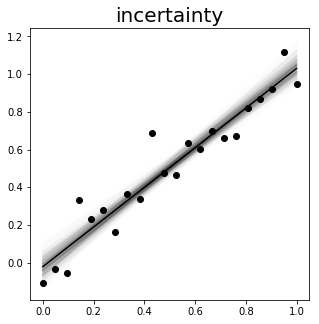
from jupytalk.talk_examples.pydata2016 import example_networkx
ax = example_networkx()
# https://github.com/sdpython/jupytalk/blob/master/src/jupytalk/talk_examples/pydata2016.py
ax.set_title("network", size=20)
Text(0.5,1,'network')
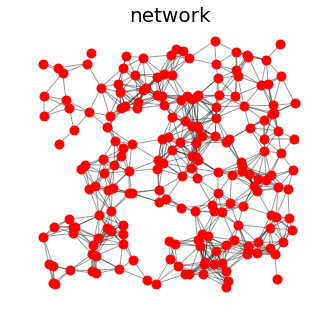
Why so many?#
Every domain has its own data representation (statistics, machine learning, biology, maps…)
Many supports (images, web sites, notebooks)
High volume of data requires specific solution (maps)
Example: seaborn#
collection of plots used for any new projects
See regplot.
import seaborn; seaborn.set(color_codes=True)
tips = seaborn.load_dataset("tips")
ax = seaborn.regplot(x="total_bill", y="tip", data=tips)
ax.set_title("regplot")
c:python370_x64libsite-packagesscipystatsstats.py:1713: FutureWarning: Using a non-tuple sequence for multidimensional indexing is deprecated; use arr[tuple(seq)] instead of arr[seq]. In the future this will be interpreted as an array index, arr[np.array(seq)], which will result either in an error or a different result. return np.add.reduce(sorted[indexer] * weights, axis=axis) / sumval
Text(0.5,1,'regplot')
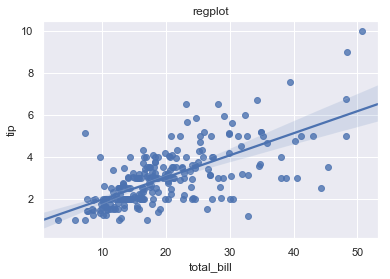
Why using a programming language to plot?#
Justification |
Case |
|---|---|
automate complex graph |
update a presentation |
share customized graph |
easier to read among a team, build a common graph language |
combine data processing and plotting |
handle huge volume of data |
What did Internet change?#
Remote access: interact with the graph cheaper than drawing again
Many plotting libraries: javascript plotting libraries
Impact of notebook on Python#
Before: graphs libraries were mostly static (images)
After: graphs are now interactive
Notebook can easily leverage javascript libraries
Decisions#
Decision 1: the audience?
The plot is just for you?
The plot will be inserted in a report? In a PowerPoint presentation?
The plot will be internally shared?
The plot will be shared with customers on a website?
Decision 2: which volume of data to plot?
How many points to draw 10.000, 1M, 1B?
How fast do you need to draw?
Do you need to preprocess the data?
Decision 3: which technology?
static (image, PDF, no zoom)
matplotlib based
reportlab based
Pillow based
interactive (zoom, move, not always great in a book)
javascript based
Python and javascript based
pure javascript (if you don’t find what you want)
from a notebook
from a web page
Final check: is the library maintained?
License: is it free only for research?
Source are available on github: is the last commit recent?
The library was mentioned in a conference.
The library is used by many others to create customized graphs?
It works on many platforms.
The documentation is great.
Libraries for static plots
add_notebook_menu(keep_item=1)
Static never fails#
Images works anywhere
Images are self contained
Easy to combine
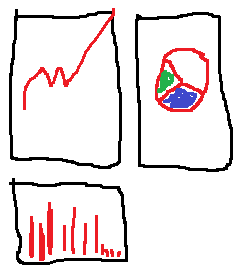
combine#
Five steps to plot#
Create a figure: pixel system.
Create Axis: coordinate system.
Draw inside the plotting area
Add element outside the plotting area
Render the image.
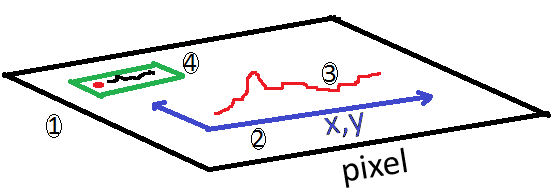
step5#
matplotlib for all#
matplotlib: the standard
import numpy as np, matplotlib.pyplot as plt
N = 50
x, y, colors = np.random.rand(N), np.random.rand(N), np.random.rand(N)
area = np.pi * (15 * np.random.rand(N))**2
fig, ax = plt.subplots() # steps 1, 2
ax.scatter(x, y, s=area, c=colors, alpha=0.5) # step 3
ax.set_title("scatter plot") # step 4
fig.savefig("example_scatterplot.png") # step 5
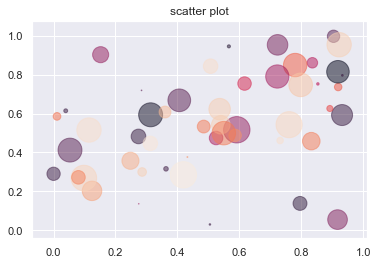
networkx for networks#
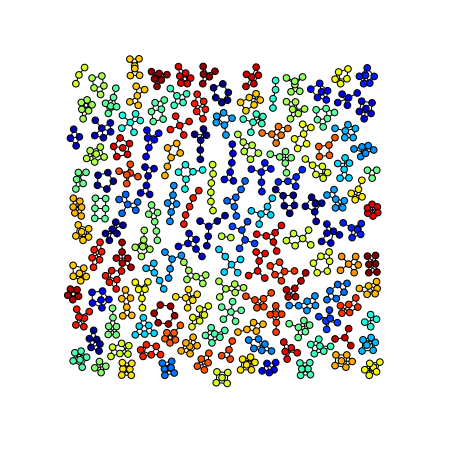
networkx#
seaborn for statistics#
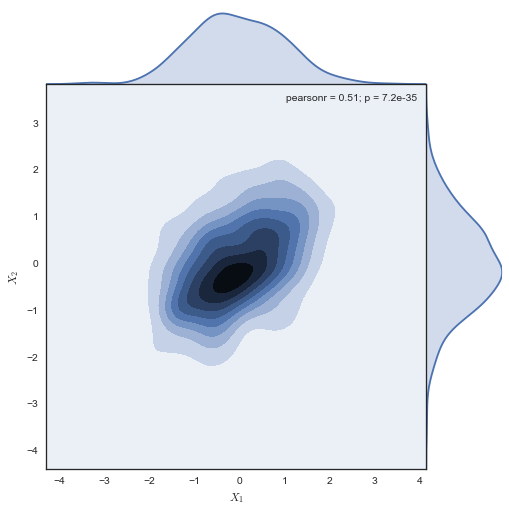
seaborn#
basemap for maps#
. |
|
|---|---|
|
|
See also cartopy
ete3 for trees#
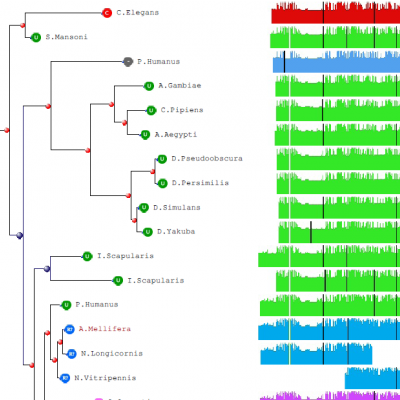
ete3#
reportlab for pdf#
reportlab: standard for PDF
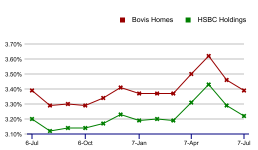
reprotlab#
plotnine for the syntax#

plotnine#
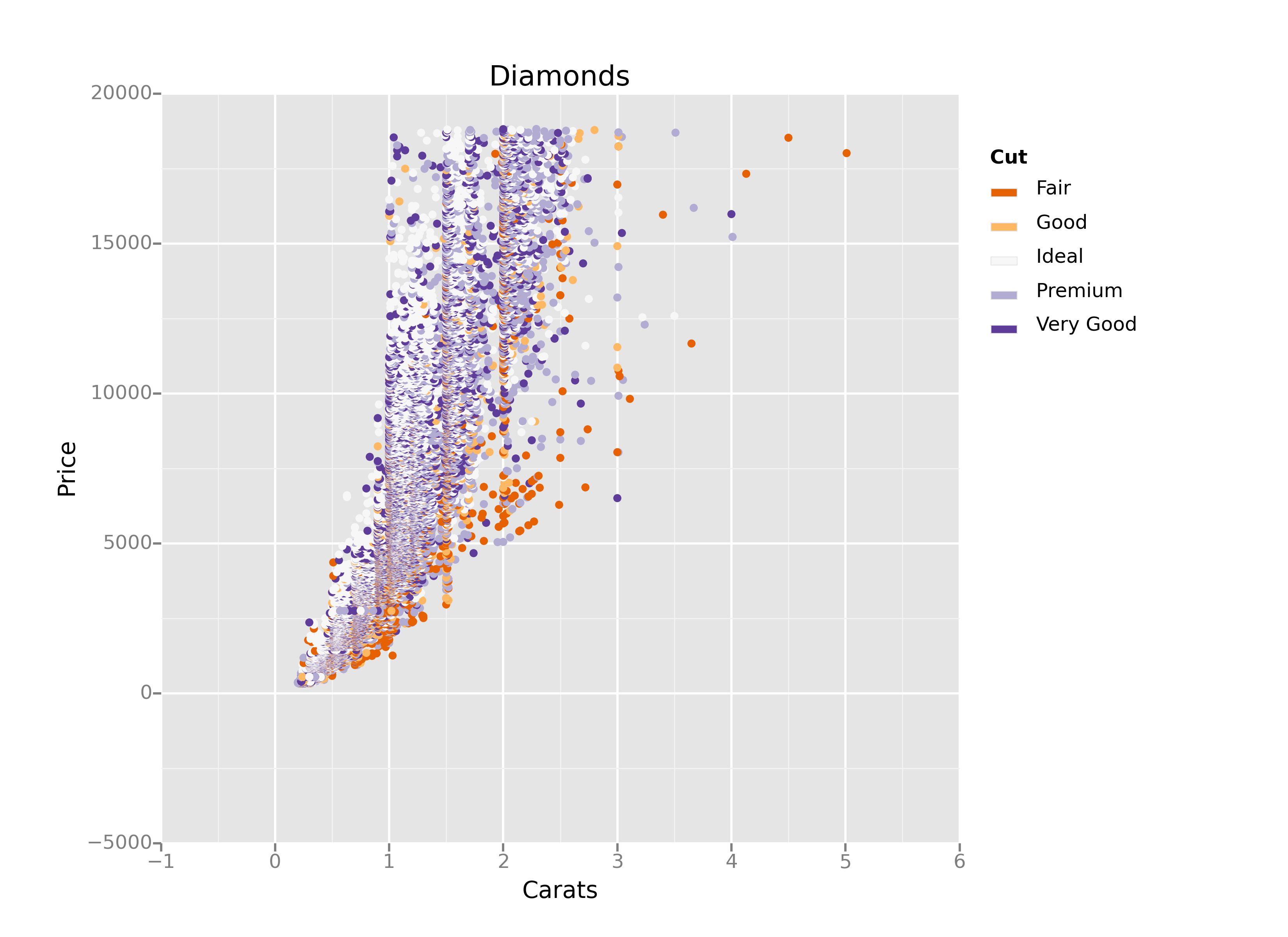
plotnine#
missingno for the missing values#
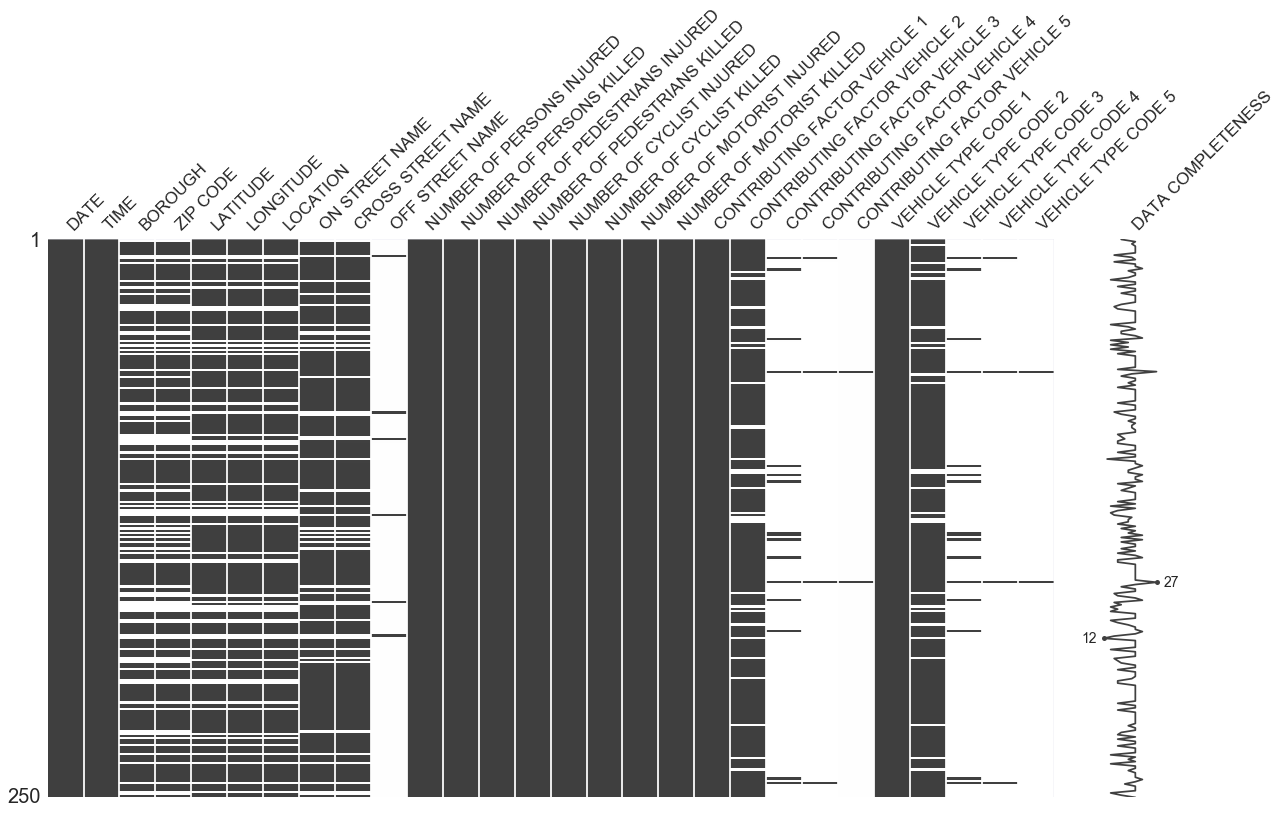
missingno#
biopython for genes#
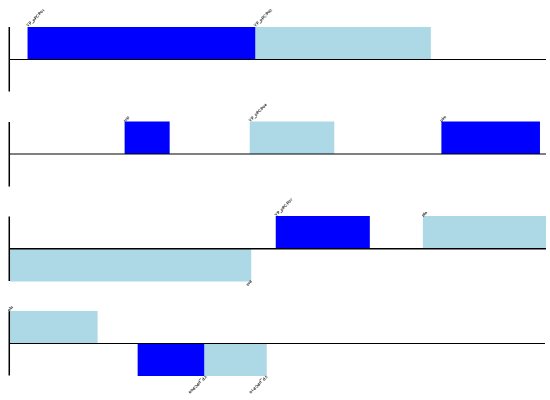
biopyhon#
lifelines for survival analysis#
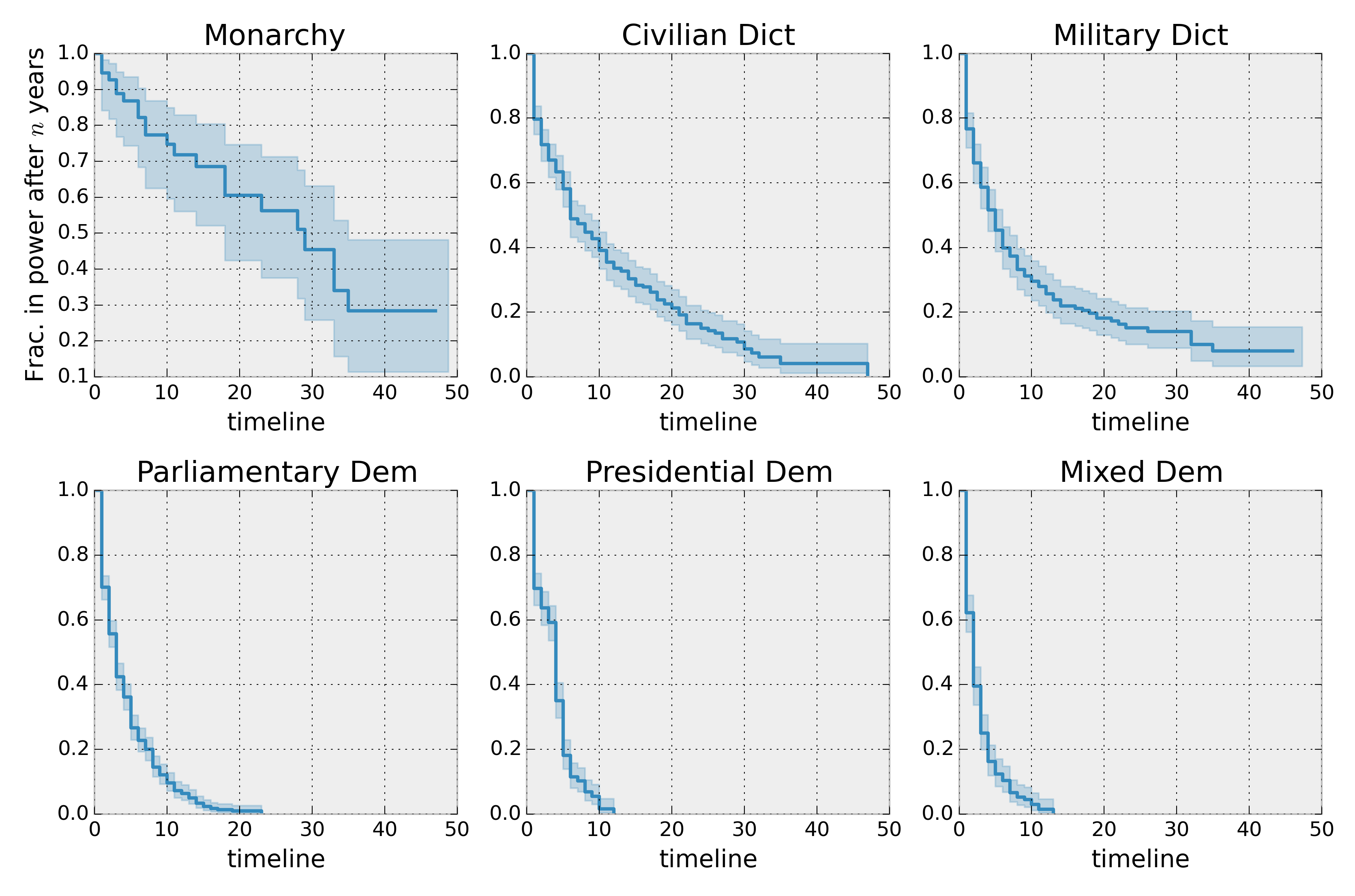
lifelines#
In short#
Many libraries available in many domains.
Many scripts available (github, stackoverflow)
Look for the gallery.
Pick the closest graph to your needs
Tweak
Libraries for interactivity
add_notebook_menu(keep_item=2)
Interactivity is javascript#
A browser is needed
A server might be needed (bqplot)
Better to know javascript
Steps to plot#
Create a figure:
Create Axis: coordinate system
Draw inside the plotting area
Add elements outside the plotting area
Implement interactivity if not automated
Write the corresponding HTML, Javascript code
bokeh for all#
bokeh default interactivity: zoom, move, reset ; custom python, javascript
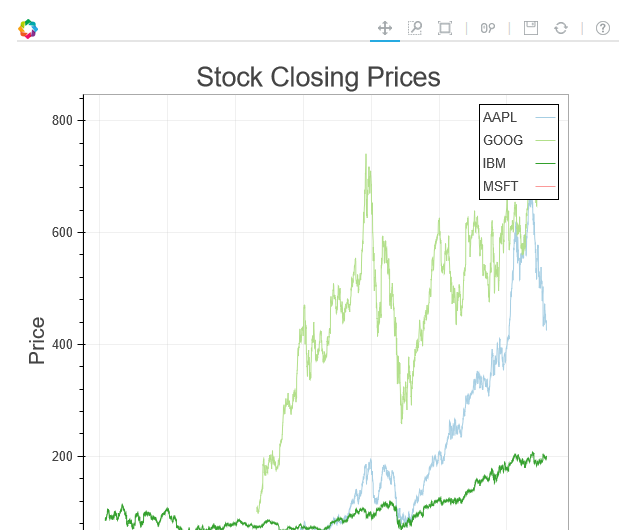
bokeh#
plotly for its design#
plotly default interactivity: zoom, move, reset, text popup ; plus integration with pandas
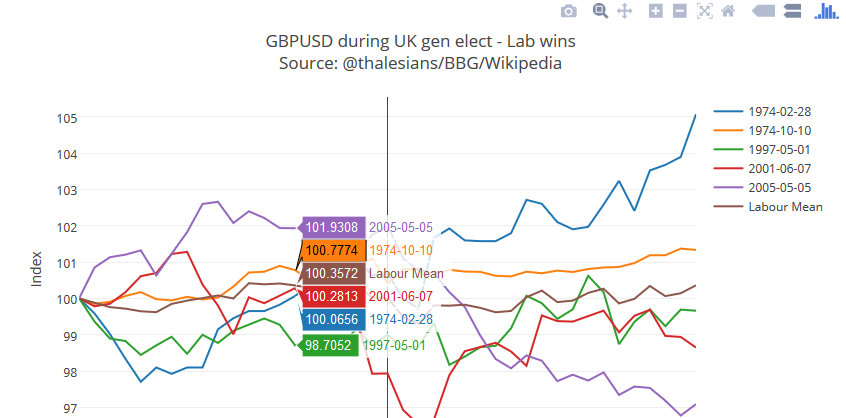
plotly#
mpld3 for matplotlib#
mpld3 = matplotlib in javascript default interactivity: zoom, move, reset custom python, javascript (simple)
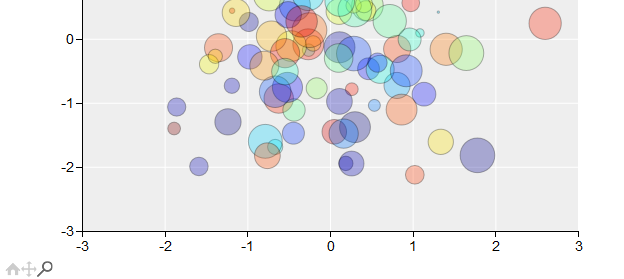
mpld3#
python-lightning for its simplicity#
python-lightning also works with R default interactivity: zoom, move, reset, text popup
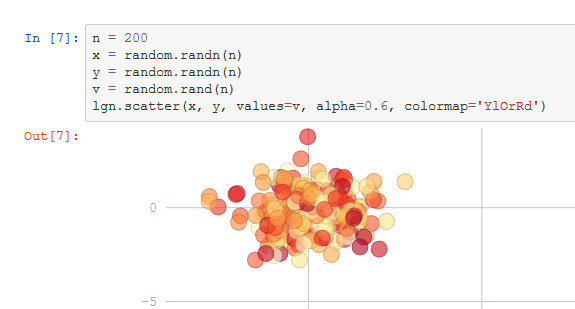
lightning#
pygal, leather for SVG#
pygal leather default interactivity: text popup
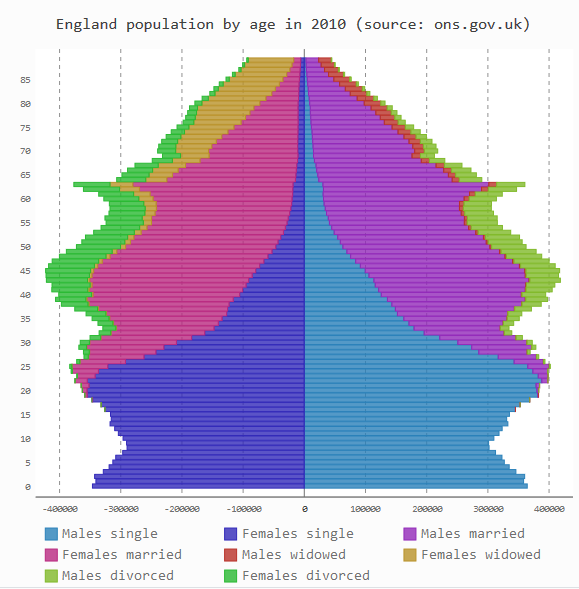
pygal#
vega for its simplicity#
vega default interactivity: text popup
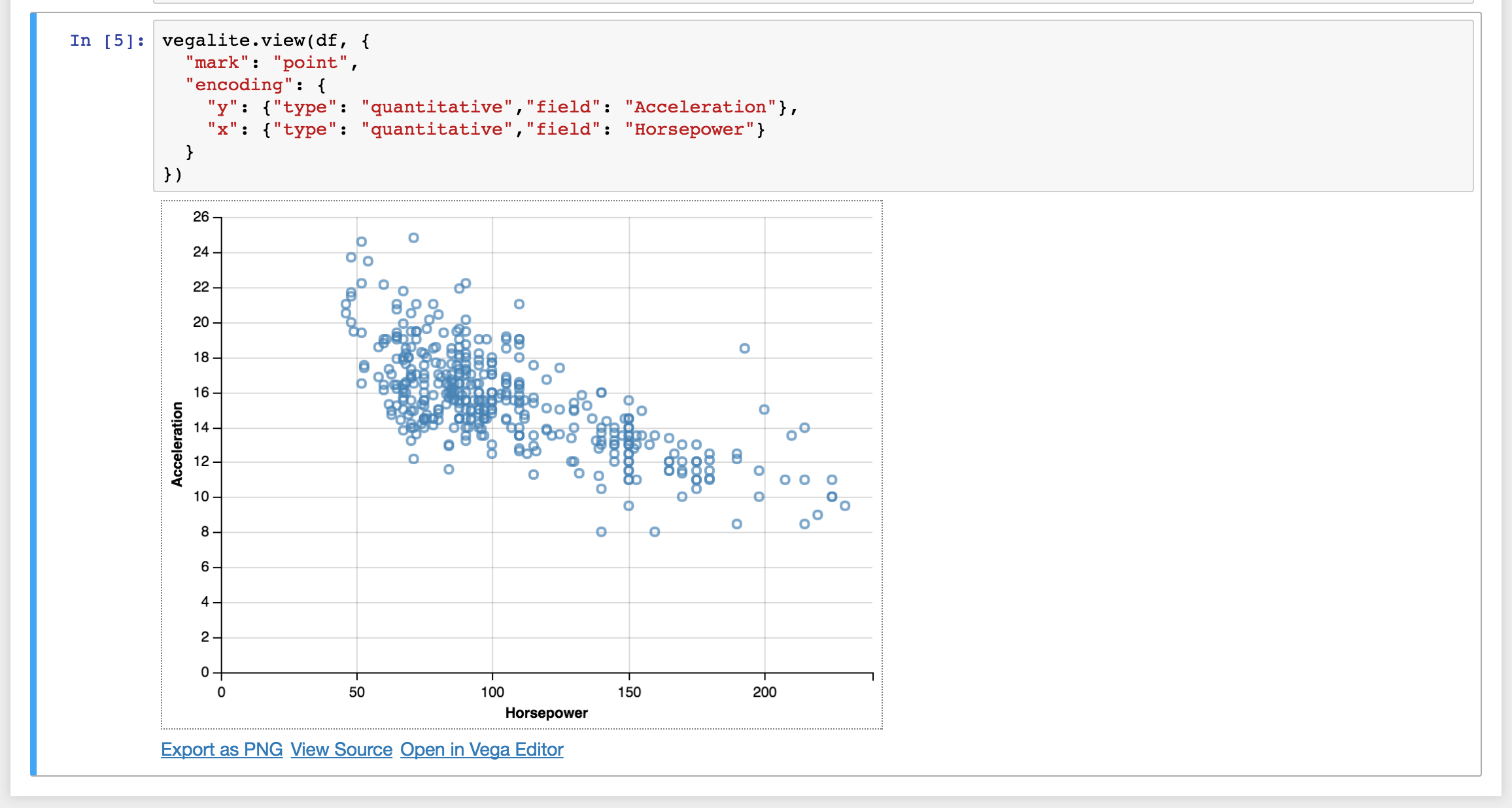
vega#
folium for maps#
folium = map with OpenStreetMap default interactivity: zoom, move, reset custom text popup, marker
import folium
center = [48.862, 2.346]
paris = folium.Map(center, zoom_start=13)
folium.Marker(center, popup='Les Halles').add_to(paris)
paris
pythreejs for 3D#
pythreejs default interactivity: zoom, move, rotate, reset

pythreejs#
pydy for mechanics#
pydy default interactivity: visualize a scene
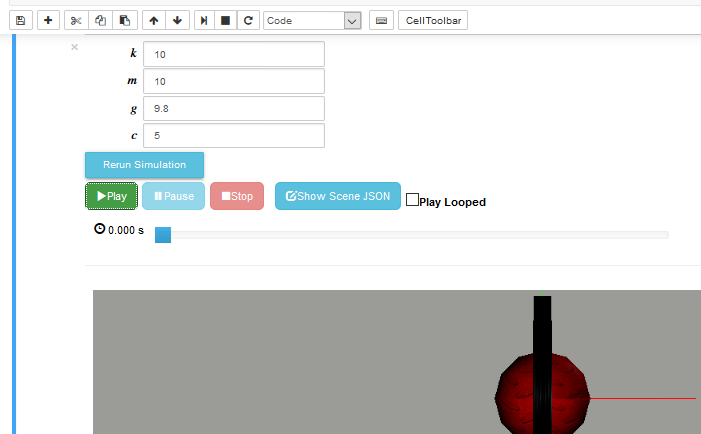
pydy#
In short#
Are you looking for?
Standard interactivity (all of them)
Custom interactivity (Python, Javascript) (bokeh)
Easy export to websites (SVG, vega)
Libraries mixing Javascript, Python, …
add_notebook_menu(keep_item=3)
Hide the complexity#
Mix of technologies
Wrapped in one module
Easy examples
But cryptic bugs for newbies
bqplot for the interactions in python#
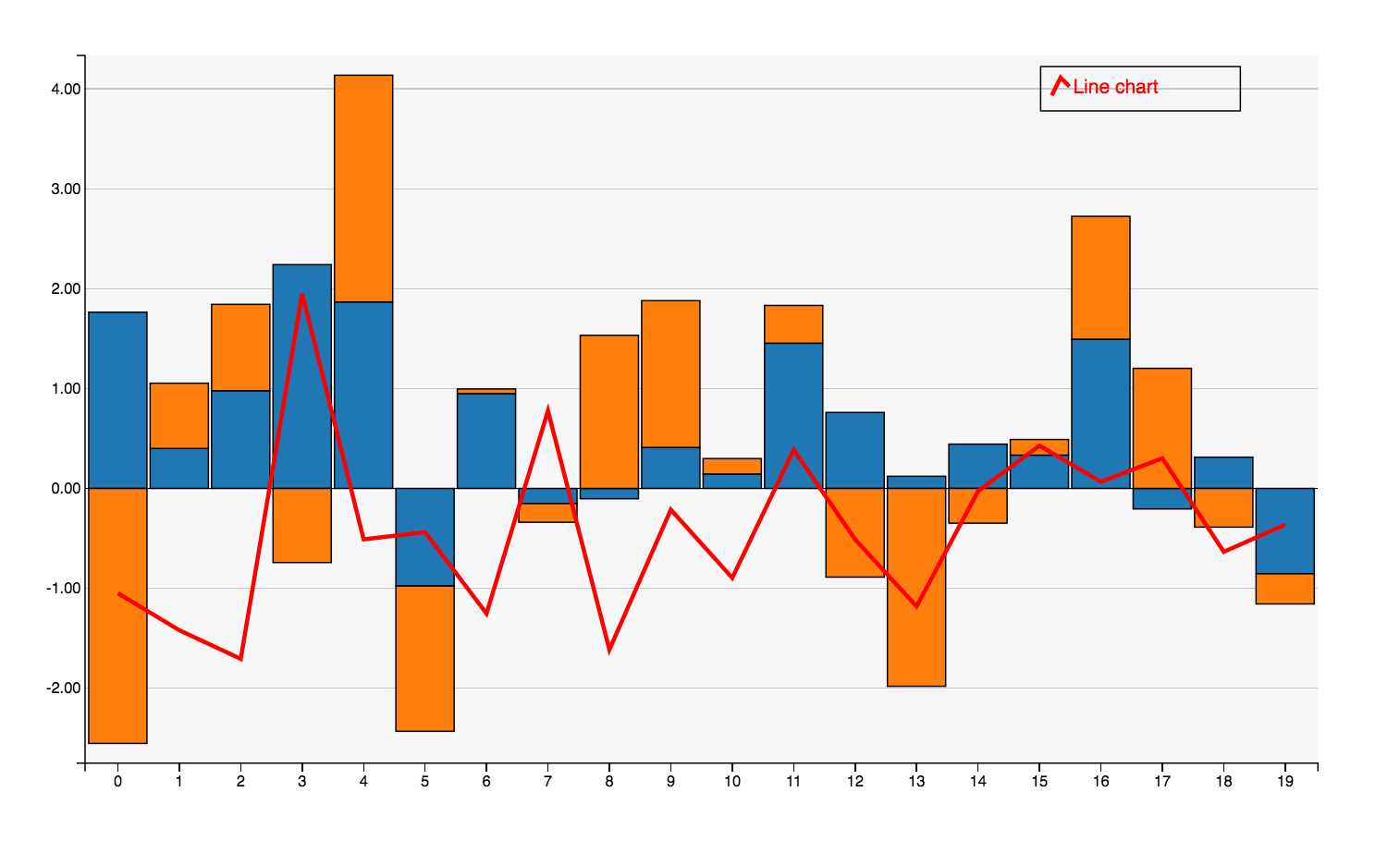
bqplot#
brython, bythonmagic to avoid javascript#
Magic command %%brython%%
easy to modify the notebook with Python
no javascript
place to start if you don’t like javascript
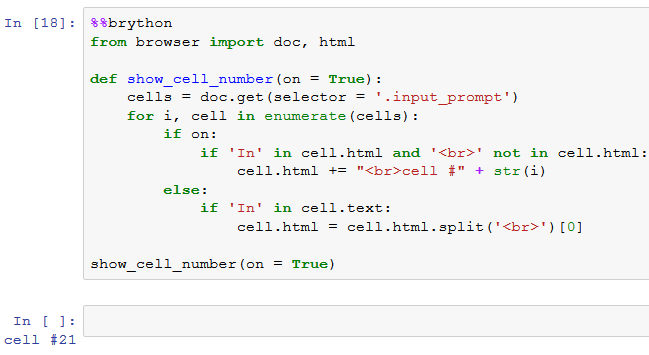
brython#
geoplotlib for maps in a GUI#
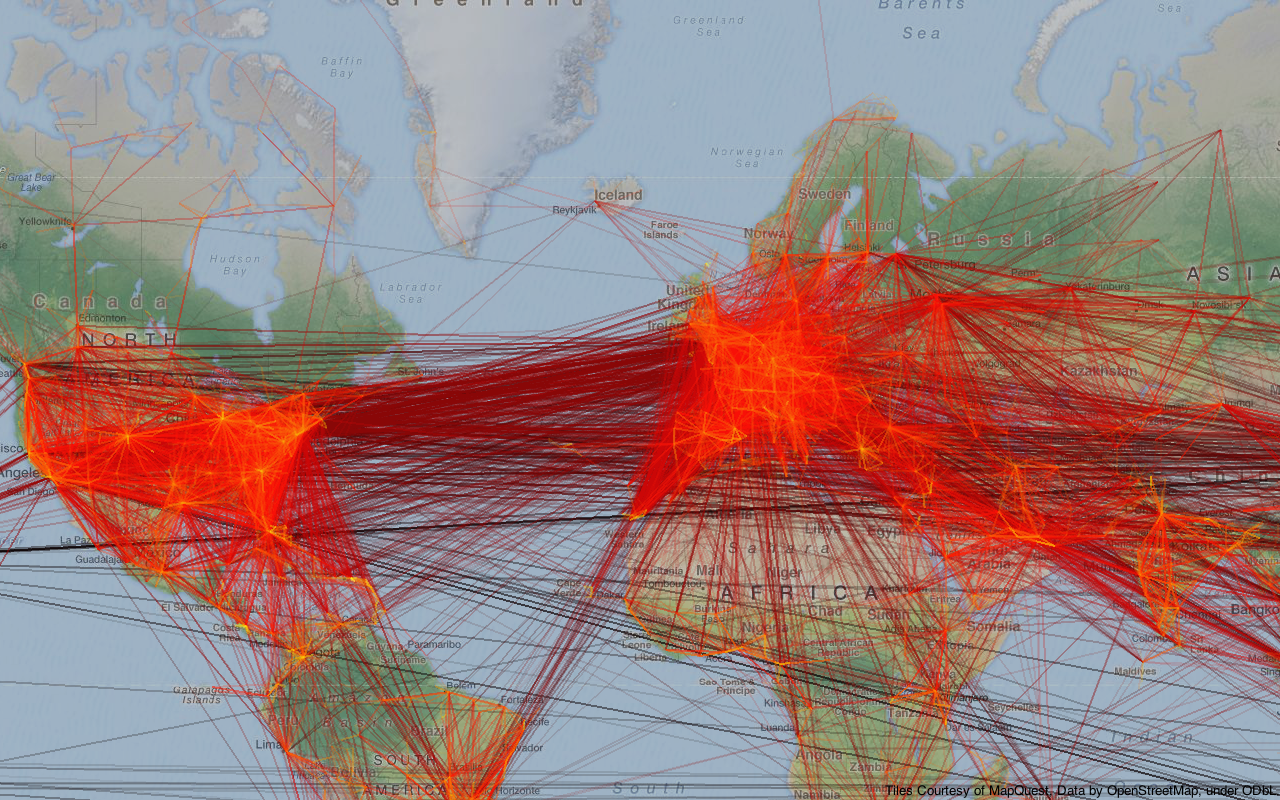
geoplotlib#
vispy for computational graphics#
http://vispy.org/installation.html creates graphs demanding heavy computation. It requires the knowledge of C++.
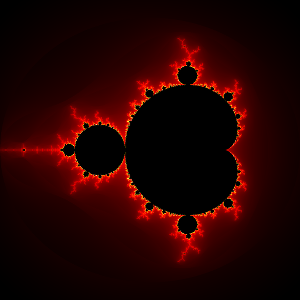
vispy#
In short#
Very suitable for research purpose
Uneasy to export the results
Libraries for high volume of data
add_notebook_menu(keep_item=4)
Challenge#
Two extremes:
Plotting huge volume takes time to process
Interactivity requires fast processing
Compromise?
datashader
datashader = bokeh + Python interaction + data interpolation
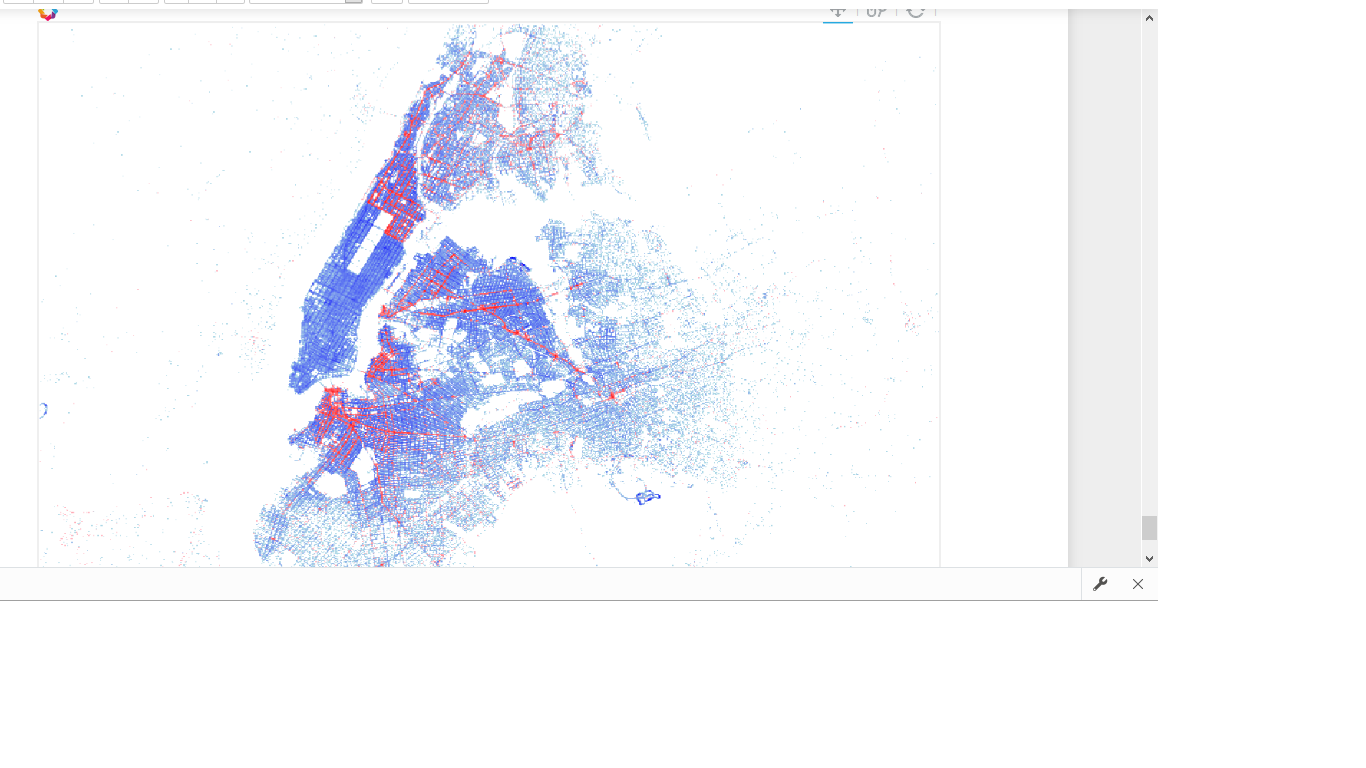
datashader#
In short#
Work in progress.
Deeper into programming#
add_notebook_menu(keep_item=5)
Extend an existing library#
Follow existing design
Constraints:
Add the plot to an existing one
Add complementery elements
Wrong design#
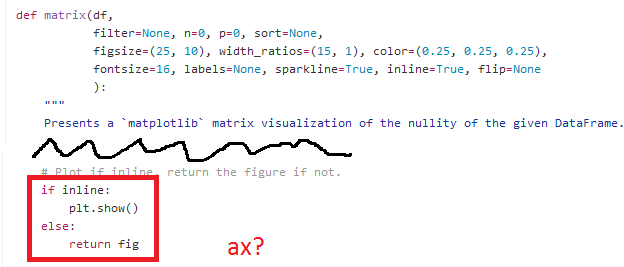
wrong#
Right design#
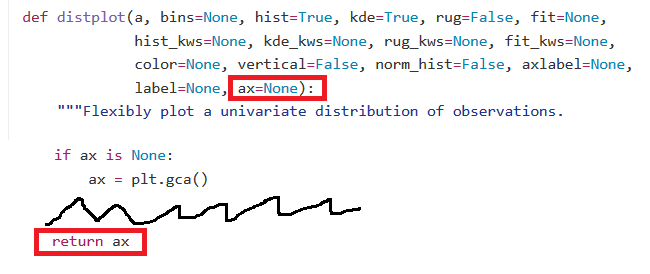
right#
Parameter ax#
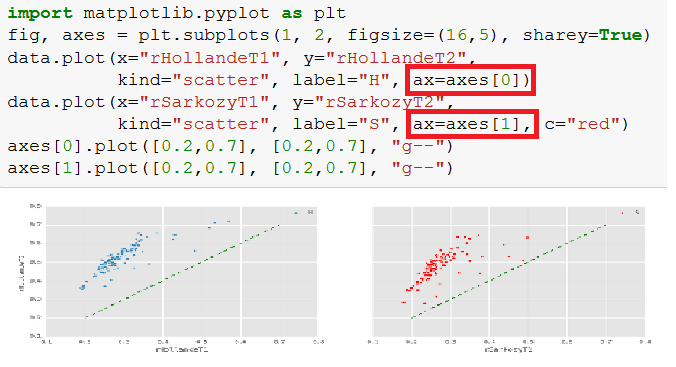
subplots#
Wrapping a javascript library#
Chosen from 10 JavaScript libraries to draw your own diagrams
Search for
python + <library>
Dummy example with treant#
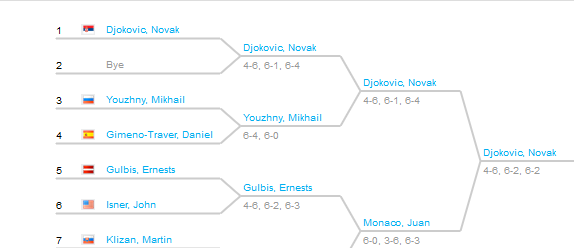
treant#
Part 1: HTML#
a DIV with an id
a script for the library

html#
Part 2: Json data#
JSON most of the time
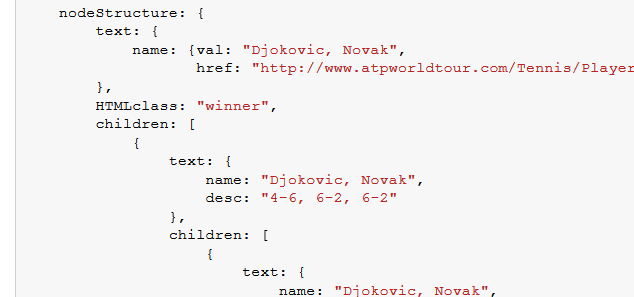
json#
Part 3: javascript#
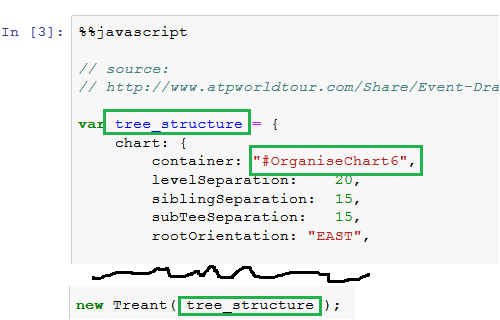
js#
In short#
Pratice with existing libraries first
Think about others users
Conclusion#
Static images are not obsolete!
Interactivity still requires a bit of work.
Huge volume of data is still a work in progress
Easy to create your own library
Un bon croquis vaut mieux qu’un long discours. Napoléon Bonaparte
This is only the beginning
Thank you
xavier.dupre AT gmail.com
